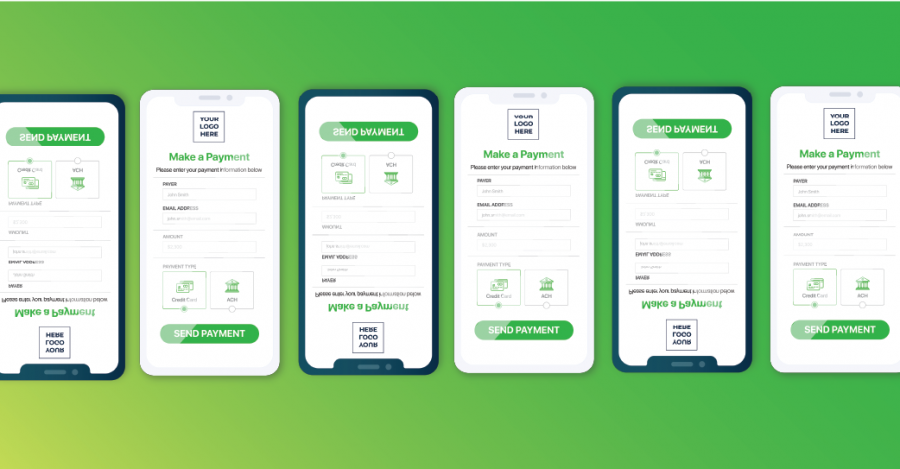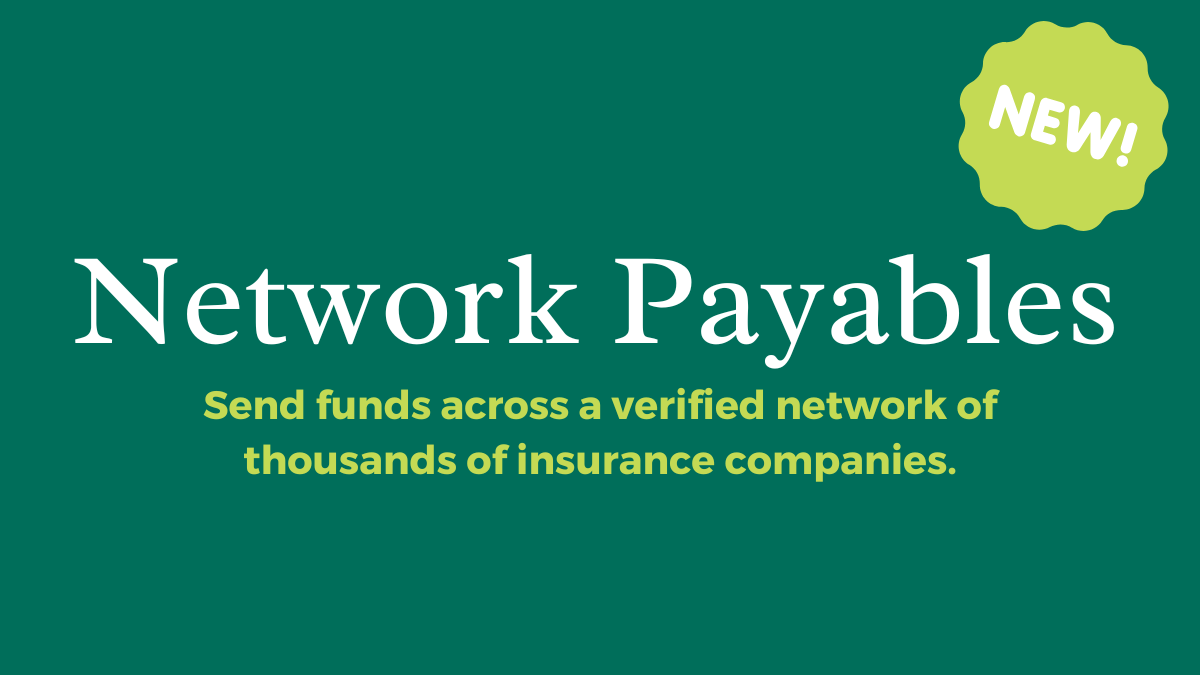Existing customers who have been with ePay for years may notice a change to our plans. We slimmed down from 3 plans (Basic, Custom and Integrated) to 2, and we simplified the pricing for both.
Why the Change?
It’s not lost on us that our customers pay a monthly fee to access the benefits that our online payments pages provide. When you take a monthly fee as a provider, the onus is on you to keep adding value to that subscription.
At ePay, we’re investing more than we ever have in upcoming features, and ongoing integrations and improvements to make payments the easiest thing insurance companies do, be it a large carrier, premium finance company, MGA or agency. The next logical step was to see how much more value we could add to our plans, to help our clients achieve better digital payment adoption.
What Changed?
Previously, our Custom Plan was the mid-tier option that unlocked features like Image Assist, Recurring Payments, Attachment Uploads and custom form fields and disclaimers. For many companies, these were “had to have” features when they otherwise might have preferred the Basic plan. After talking to those customers, we didn’t want them to feel held hostage to a plan just for compliance reasons.
We also just started asking “what could make ePay better?” for our customers who were not yet integrated, and still getting up to speed with digital payments. So, we took all the features from the previously $50 Custom Plan, added them to a new $25 Essentials plan.
Integrated Plans
We’ve worked for years to develop integrations with some of the most popular management systems, as well as building custom API integrations for companies using other tools. Integrations unlock massive time savings, reducing double work and manual data entry. Our integrated customers love them, and we’re always encouraging customers considering integration to try it free for a few months and see for themselves.
Seriously, our integrated customers have gone as far as describing integrating as “life changing.” I kid you not.
Some of our integrations require more setup and maintenance than others, so we previously offered tiered pricing depending on that effort. But, going back to the “what could make ePay better?” question, we didn’t want to put any pricing confusion in the way of our clients trying out something that could help as much as integrations do. So, all Integrated Plans are a flat $50 per month.
What About Customers on Basic Plans?
Current customers on the $20 Basic plan are not currently required to upgrade. If they wish to take advantage of the additional features in the Essentials or Integrated plans, we recommend talking with your Account Manager so you can try them for yourself and see if they add the value we believe they bring.
What’s Next?
Our expanded product and development team has several launches and enhancements planned for this year, all of which will help serve our goal of being the fastest and most secure way to move money in the insurance industry. And our customers will be the first to know and access the helpful enhancements. Thanks for staying with us, and we always want to hear your ideas and suggestions for how we can better serve you.
- Justin Jakshahttps://epaypolicy.com/blog/author/justin-jaksha/
- Justin Jakshahttps://epaypolicy.com/blog/author/justin-jaksha/
- Justin Jakshahttps://epaypolicy.com/blog/author/justin-jaksha/
- Justin Jakshahttps://epaypolicy.com/blog/author/justin-jaksha/




